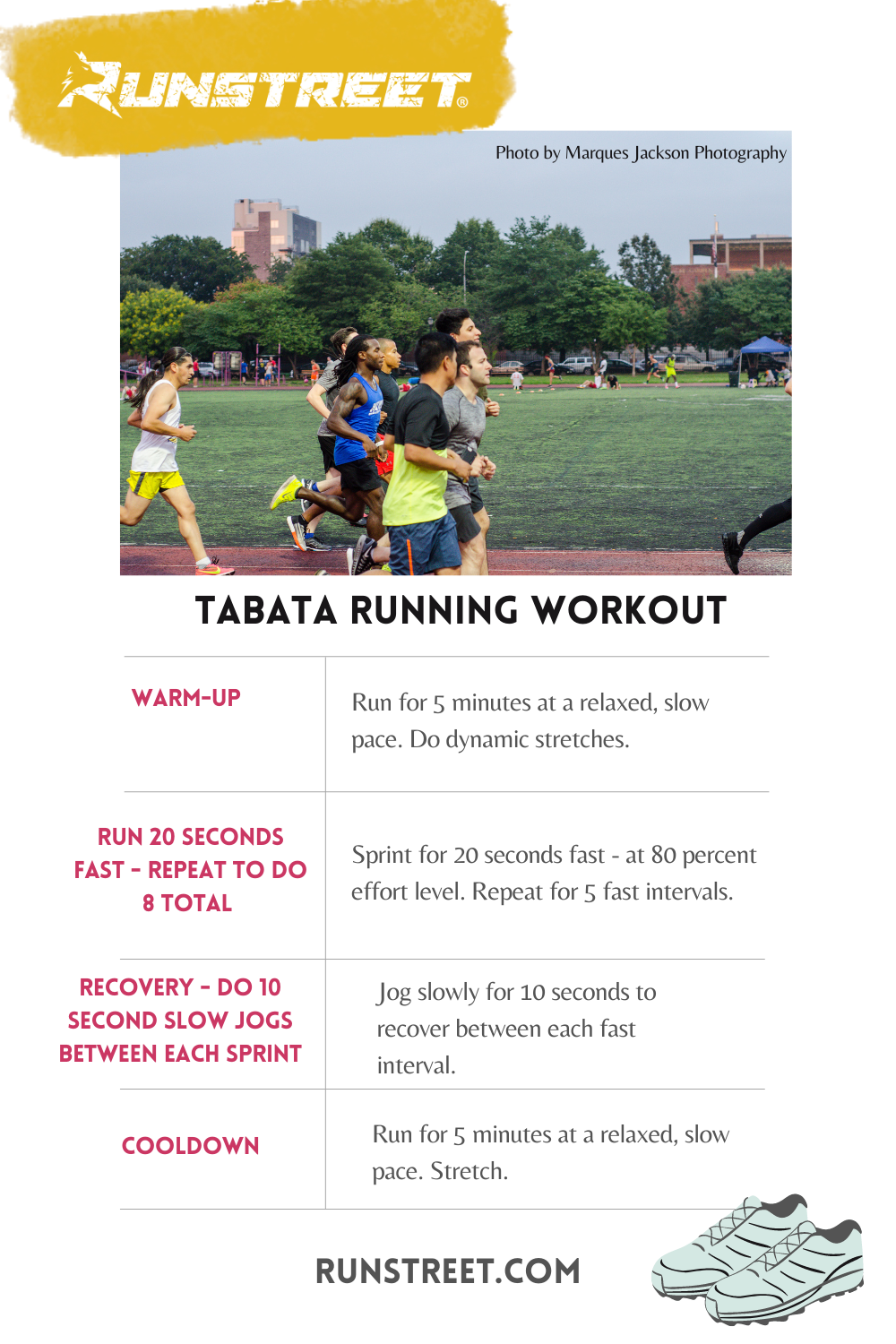Turbocharge Your Runs: Open Your Possible with Strategic Running Workouts
Turbocharge Your Runs: Open Your Possible with Strategic Running Workouts
Blog Article
The Ultimate Guide to Handling Discomfort When Running
Whether you are an experienced marathoner or just beginning your running journey, comprehending the numerous types of pain that can develop and the methods to address them is important. From pre-run workout regimens to proper shoes choice, there are countless elements to consider when it comes to dealing with discomfort while running.

Understanding Different Kinds Of Running Pain
When running, it is necessary to compare different kinds of discomfort to stop injuries and take full advantage of performance (Read More). One typical sort of pain that runners might experience is muscle soreness, which generally occurs from the tension placed on muscle mass throughout exercise. This kind of pain is commonly a regular part of the running process and can be managed via correct warm-up, cool-down, and extending regimens
An additional sort of pain to be aware of is joint pain. Joint discomfort can indicate issues such as overuse, inappropriate kind, or underlying problems like joint inflammation. Ignoring joint pain can bring about more severe injuries, so it is essential to resolve any discomfort without delay and possibly look for professional recommendations.
Additionally, sharp or stabbing pains should not be neglected. These kinds of pain can signify intense injuries such as strains, strains, or stress cracks - running strategy. Remaining to run with these kinds of discomfort can exacerbate the injury and lengthen recuperation time

Pre-Run Workout and Stretching Routine
To prepare the body for a running session, carrying out a reliable pre-run workout and extending regular is vital. An appropriate workout aids boost blood flow to the muscle mass, boosts adaptability, and lowers the danger of injury throughout the run. Begin with dynamic stretches like leg swings, arm circles, and high knees to progressively increase your heart rate and chill out the muscle mass. Dynamic stretching assists simulate the movements you'll be doing while running, preparing your body for the task ahead. Follow this with fixed stretches focusing on major muscle mass teams such as the hamstrings, quadriceps, calf bones, and glutes. Hold each stretch for regarding 15-30 secs without bouncing to promote muscular tissue relaxation and flexibility. Remember to pay attention to your body and change the intensity of your workout based upon your fitness degree and any pre-existing problems. By integrating a constant pre-run workout and extending routine into your running program, you can maximize efficiency and lessen the danger of discomfort or injury.
Appropriate Shoes Option and Fit
Selecting suitable shoes that fits well is important for runners to protect against discomfort and lower the danger of injuries. Ill-fitting footwear can result in sores, black nails, shin splints, and various other uncomfortable conditions that can hinder performance and sideline training. When selecting running shoes, it is necessary to think about aspects such as foot kind, running gait, arch assistance, cushioning, and shoe dimension. running strategy. Seeing great post to read a specialty running store for a gait evaluation and professional installation can help make sure that you select the right shoes for your private needs. Running footwear must give sufficient support and stability while also being comfy and light-weight. Additionally, it is advised to replace your operating shoes every 300-500 miles to keep appropriate cushioning and assistance. Investing in high-grade shoes that is suitable for your running design and foot anatomy is an aggressive action towards protecting against discomfort and injuries during your runs.
Nutrition and Hydration Tips for Pain Avoidance

Hydration is just as vital for joggers to stay clear of aches, dehydration, and various other pains that can lead to pain throughout running. By focusing on nourishment and hydration, runners can boost their efficiency, reduce pain, and take pleasure in an extra comfy running experience.
Post-Run Healing Techniques to Ease Pain
Carrying out effective recuperation strategies is vital for alleviating pain and advertising muscle recovery after running sessions. One key post-run recuperation strategy is stretching. Including fixed go for major muscular tissue teams can assist lower muscle mass tension and discomfort. Foam rolling is an additional beneficial practice to release muscular tissue rigidity and enhance blood flow to the muscular tissues, helping in quicker healing. In addition, topping sore areas for 15-20 minutes can help in reducing swelling and numb discomfort post-run.
Consuming a balanced snack or dish that includes protein and carbs within 30 mins of completing a run can aid repair muscle cells and replenish energy shops. By incorporating these post-run healing strategies right into your routine, you can successfully handle discomfort and maximize your running efficiency.
Final Thought
In conclusion, addressing various kinds of running discomfort via appropriate warm-up, extending, footwear option, nutrition, hydration, and post-run recuperation methods is vital for pain avoidance and management. By understanding the reasons of pain and applying these methods, runners can lessen discomfort and prospective injuries. It is important to focus on general physical health and wellness to ensure an effective and enjoyable running experience.
Report this page